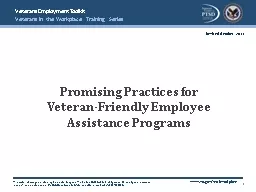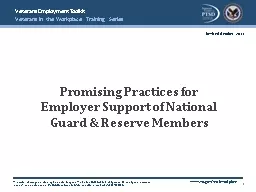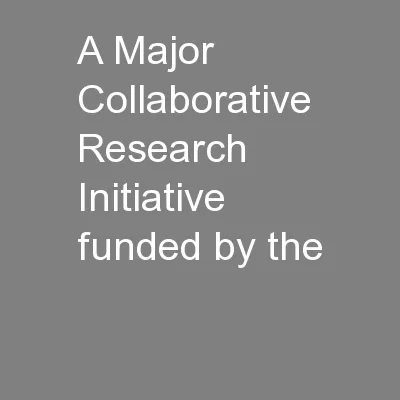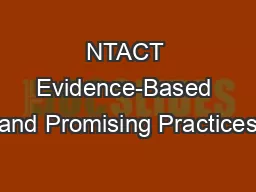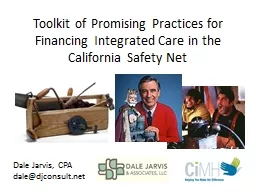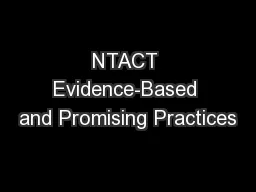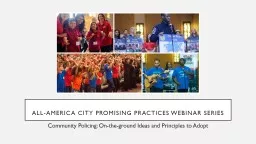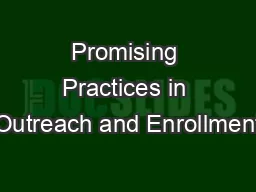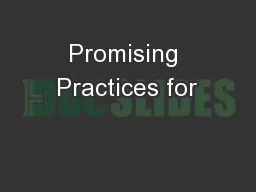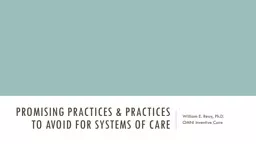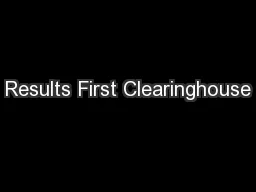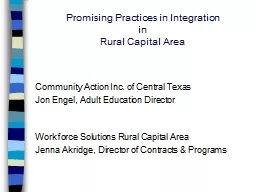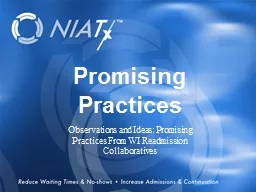PPT-Promising Practices
Author : celsa-spraggs | Published Date : 2016-08-08
for VeteranFriendly Employee Assistance Programs Revised October 2013 The purpose of this training is to help Employee Assistance Program EAP professionals provide
Presentation Embed Code
Download Presentation
Download Presentation The PPT/PDF document "Promising Practices" is the property of its rightful owner. Permission is granted to download and print the materials on this website for personal, non-commercial use only, and to display it on your personal computer provided you do not modify the materials and that you retain all copyright notices contained in the materials. By downloading content from our website, you accept the terms of this agreement.
Promising Practices: Transcript
Download Rules Of Document
"Promising Practices"The content belongs to its owner. You may download and print it for personal use, without modification, and keep all copyright notices. By downloading, you agree to these terms.
Related Documents

